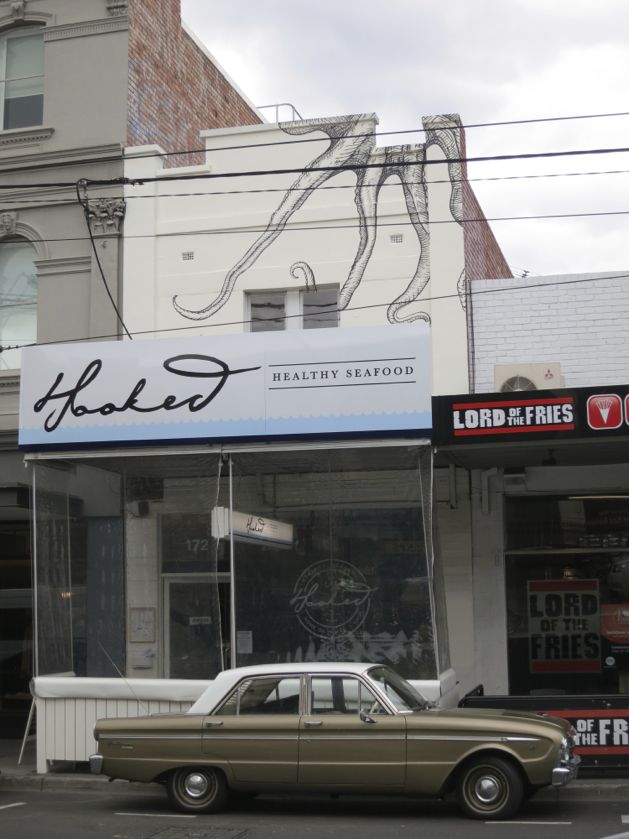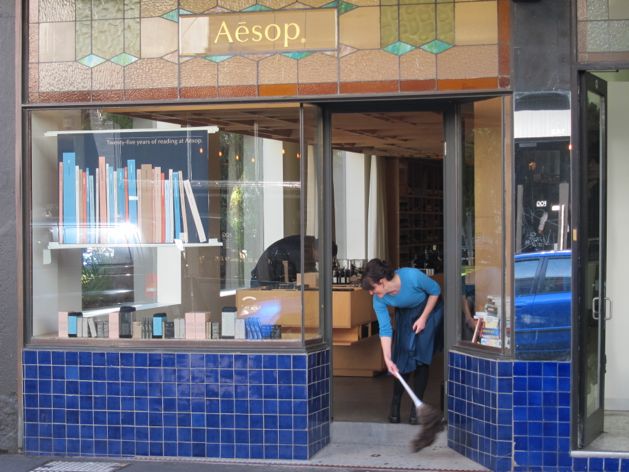I was pleased to attend the 2012 Australian Mainstreet awards last night. Lovers of mainstreets gathered in Melbourne to celebrate small business and local economies.
Some interesting statistics I took from the night are:
- The state of Victoria (Australia) has about 680 mainstreet centres
- The 680 centres account for about $29 billion in Victorian retail sales
- They account for about 45% (5.3 million square metres or about 57 million square feet) of all Victorian retail space
- They account for about 375,000 jobs – 14% of the Victorian total
- Interestingly, 183,000 of these jobs are retail, 154,000 are non retail, and the remainder are community-based jobs (37,000)
Some favourite quotes I took from the night are:
- “It’s not councils business to do business, it’s to create an enabling environment” Stephen Bentley, President of Mainstreet Australia and Manger of Events at Geelong Central and Waterfront
- “We often base where we live upon what the local shopping strip and cafe’s are like,” Clem Newton-Brown, Liberal Member of Parliament.
- “We re-branded our precinct not to attract new shoppers per se, but to bring retailers together.” Spokesperson for the Glenferrie Road Malvern Business Association – winners of the Business Association award.
- When asked by the master of ceremonies, “How did you get all the businesses in your precinct to get everything so picture perfect?’ Steve Maras, accepting the Private Sectors Partnership Award for Rundle Street East in Adelaide said, “It was a twenty-year project dependant on council partnerships.”
- “I didn’t believe in awards but I do now!” winner of Centre Manager of the Year, Clair Perry of the Sydney Road Brunswick Association. She gave another gem when asked a question on the podium, “Oh … I’m not very good at answering questions straight away!”
Clem Newton-Brown described his success in parliamentary elections was based upon opposing extended clearways laws. The extended-clearway times were intended to relieve traffic congestion, and were within a ten kilometre (six miles) radius of the Melbourne CBD. In effect, they were forbidding car-parking on many shopping strips so they could be turned into wider highways for peak hour periods …
It’s important to note that the united business voice of local economies, provided through Mainstreet Australia, encouraged two local governments to lodge a supreme court challenge against the extended clearways laws (but they failed).
However, it was this action which gave the subject increased political attention which probably contributed to the eventual, successful repealing. Clem Newton-Brown’s account included that upon being elected he and his team continued to oppose the laws and they were eventually repealed.



